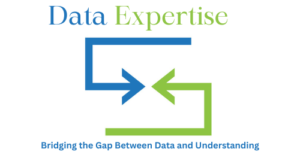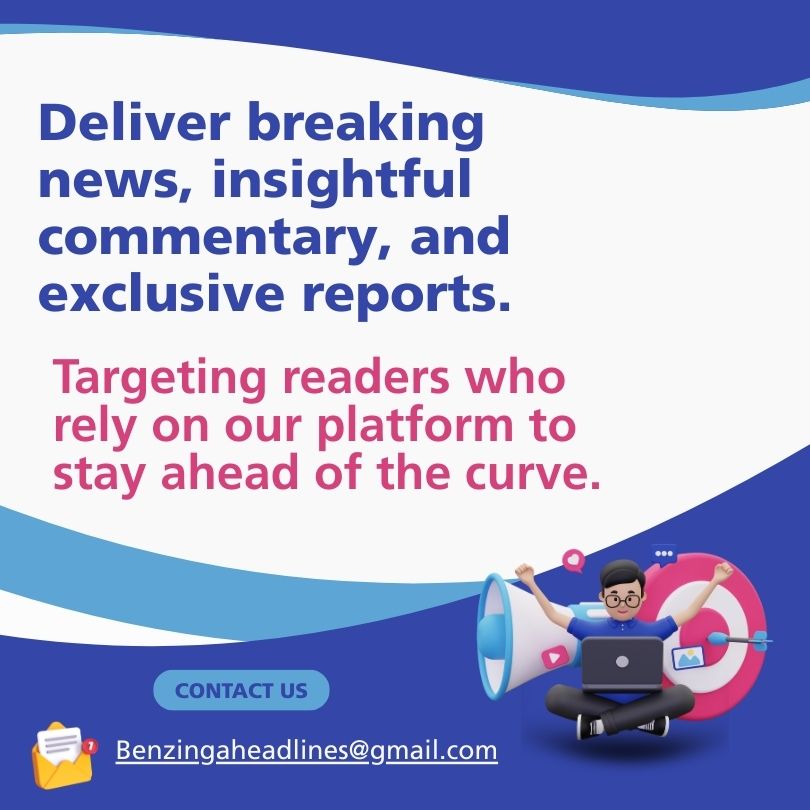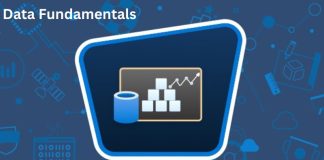Data Science has become one of the most sought-after fields in the world today. With applications across various industries like healthcare, finance, retail, and marketing, data science is revolutionizing the way we make decisions, solve problems, and understand the world around us. For those interested in entering this exciting and lucrative field, the first question often is: how do I begin? Fortunately, with the advent of numerous online resources, many of which are free, aspiring data scientists now have more opportunities than ever to get started.
In this article, we will explore what Data Science is, why it’s so crucial in today’s data-driven world, and the best resources available for learning and enhancing your skills, including free learning opportunities that can help you advance your journey.
What is Data Science?
At its core, Data Science is a multidisciplinary field that uses scientific methods, algorithms, and systems to extract knowledge and insights from structured and unstructured data. It combines techniques from statistics, computer science, and domain knowledge to solve complex problems. In simpler terms, Data Science is the process of analyzing data to make decisions, predictions, or to understand patterns that would be otherwise hidden.
The importance of Data Science cannot be overstated. The digital age has led to an explosion of data from various sources like social media, business transactions, IoT devices, and more. However, raw data is only valuable if it can be processed, interpreted, and used effectively. This is where Data Science comes in. Professionals in this field utilize algorithms and statistical methods to make sense of large volumes of data and generate insights that can drive business strategies, research, and even social change.
Why is Data Science So Important?
The demand for data scientists is skyrocketing, and for good reason. Industries across the board rely on data science to make informed decisions. Whether it’s predicting market trends, recommending personalized products, or improving healthcare outcomes, data science is the backbone of data-driven decision-making.
One major reason Data Science has gained such prominence is the increasing reliance on data for strategic and operational decisions. For instance, in the healthcare industry, predictive analytics help in early diagnosis of diseases, while in marketing, customer segmentation and personalized marketing strategies are based on insights derived from data.
Moreover, data-driven decision-making can lead to significant cost savings, operational efficiencies, and better customer experiences. This has made the role of a data scientist invaluable in today’s business environment, and it’s why there is a high demand for individuals skilled in this domain.
How Can You Start Your Journey in Data Science?
Starting your journey in Data Science may seem daunting, but with the right approach and resources, anyone can develop the skills necessary to succeed. Here’s a step-by-step guide on how to get started:
1. Understand the Basics of Data Science
Before diving into complex topics, it’s essential to understand the basics. Start by learning the core concepts such as data preprocessing, data cleaning, statistical analysis, and exploratory data analysis (EDA). Many free online resources provide a solid foundation in these topics.
- Coursera (Free Courses): Courses such as “Data Science Specialization” from Johns Hopkins University or “Data Science: Foundations using R” are great starting points for beginners. They cover the basics of data analysis, statistics, and how to use popular tools like R and Python.
- Khan Academy: A great resource for learning the basics of statistics and probability, both of which are essential for understanding data science.
2. Learn Key Programming Languages
Data Science involves programming, and the most commonly used languages in this field are Python and R. Python is especially popular due to its simplicity, ease of use, and powerful libraries such as Pandas, NumPy, Scikit-Learn, and Matplotlib, which are used for data manipulation, machine learning, and data visualization.
- Python.org (Free): The official Python website offers plenty of free tutorials and guides for beginners.
- DataCamp: While not entirely free, DataCamp provides an interactive learning environment with beginner-friendly Python and R courses. You can access some free courses and introductory lessons.
- Codecademy: Codecademy offers free Python and R courses, which are hands-on and very beginner-friendly.
3. Get Hands-On Experience with Projects
Theoretical knowledge is important, but to truly learn Data Science, you need to work on projects. Hands-on experience will allow you to apply what you’ve learned, and it’s a great way to build a portfolio that will impress future employers.
- Kaggle: One of the best platforms for hands-on experience in Data Science. Kaggle provides data science competitions, datasets, and notebooks, allowing you to practice and showcase your skills in real-world scenarios.
- GitHub: Create a GitHub repository where you can store your projects, share your code, and contribute to open-source projects. Many employers look for candidates with a strong GitHub presence, as it showcases your practical experience.
4. Take Advantage of Free Resources
There’s a wealth of free resources available online that can help you learn Data Science without spending a dime. Here are some top platforms offering free courses, tutorials, and materials:
- Coursera: Although many courses on Coursera require a paid subscription, several offer free versions where you can audit the course content without receiving a certificate. You can find courses from top universities like Stanford, Harvard, and MIT.
- edX: Like Coursera, edX offers free courses in Data Science from leading institutions. For example, the “Data Science for Everyone” course from the University of California, Berkeley is a great introduction.
- Udacity (Free Nanodegree Content): Udacity has a “Data Science” Nanodegree program that is highly regarded, but they also offer free course materials. While the Nanodegree itself isn’t free, many of the courses and lessons are available at no cost.
- YouTube: Numerous YouTube channels provide free Data Science tutorials. Channels like “Data School” and “Corey Schafer” cover topics like Python, Pandas, and data visualization.
5. Follow Blogs and Podcasts
Blogs and podcasts are great ways to stay updated with the latest trends, technologies, and discussions in Data Science. By following experts in the field, you can gain new insights and continue learning.
- Towards Data Science (Medium): A popular blog that shares in-depth articles, tutorials, and insights on Data Science, machine learning, and artificial intelligence.
- KDNuggets: One of the most well-known websites in the Data Science community, KDNuggets features a variety of resources including articles, job postings, and tutorials.
- Podcasts: Listening to podcasts like “Data Skeptic” or “The Data Science Podcast” while on the go can keep you updated and offer valuable insights into the latest industry trends.
Conclusion: Take the First Step
Data Science is an exciting and fast-growing field with a wealth of learning opportunities, many of which are free or low-cost. While it may take time and dedication to acquire the necessary skills, the resources available today make it easier than ever to get started. From free online courses and tutorials to hands-on projects and communities, there’s no shortage of ways to learn Data Science and break into the industry.
Whether you are a complete beginner or looking to expand your skill set, there are plenty of resources out there to support your journey. So, start by learning the basics, building your programming skills, and applying what you’ve learned in real-world projects. With persistence, creativity, and the right resources, you can transform your interest in Data Science into a rewarding career.




